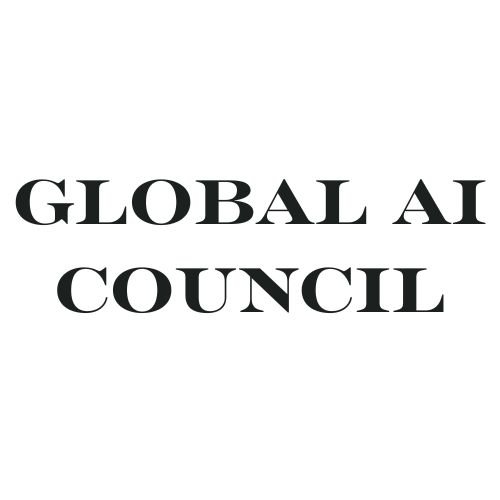Exploring the World of AI-Powered Art and Creativity
Artificial Intelligence (AI) is no longer confined to the realms of science and technology; it is making significant inroads into the world of art and creativity. By leveraging machine learning algorithms, neural networks, and other AI technologies, artists and creators are exploring new forms of expression and pushing the boundaries of what is possible in the arts. Here’s a look at how AI is transforming art and creativity, and the exciting possibilities it brings.
1. AI-Generated Visual Art
AI is making a remarkable impact on visual art, enabling the creation of paintings, illustrations, and designs that are both innovative and unique.
Neural Style Transfer: This technique allows AI to apply the style of one image to the content of another. For instance, an AI can take a photograph and render it in the style of Van Gogh or Picasso. This opens up endless possibilities for creating new visual art by blending different styles and content.
Generative Adversarial Networks (GANs): GANs are a class of AI algorithms that can generate new images from scratch. These networks consist of two parts: a generator that creates images and a discriminator that evaluates them. The interaction between these two networks results in the production of highly realistic images that can be used in digital art, design, and even fashion.
2. AI in Music Composition
AI is revolutionizing music composition by assisting musicians in creating new melodies, harmonies, and rhythms.
AI Composers: AI tools like OpenAI’s MuseNet and Google’s Magenta can compose music in various styles and genres. These AI systems analyze vast amounts of musical data and generate new compositions, offering musicians a new source of inspiration and collaboration.
Adaptive Music: AI is being used to create adaptive music that changes in real-time based on user interactions. This technology is particularly useful in video games and interactive media, where the music can adjust to the actions and emotions of the players, enhancing the overall experience.
3. AI in Literature and Writing
AI is also making strides in the field of literature and writing, helping authors generate text, brainstorm ideas, and enhance their creative process.
AI Writers: AI models like OpenAI’s GPT-4 can generate coherent and contextually relevant text. Writers can use these AI tools to draft articles, create dialogue for characters, and even write entire short stories or novels. These tools serve as valuable aids, sparking new ideas and overcoming writer’s block.
Poetry Generation: AI can also compose poetry by analyzing patterns in existing poems and generating verses that mimic those styles. This allows poets to explore new forms and structures, blending human creativity with machine intelligence.
4. AI in Film and Animation
The film and animation industries are leveraging AI to streamline production processes and enhance creativity.
Scriptwriting Assistance: AI tools can help screenwriters develop scripts by generating plot ideas, dialogue, and character arcs. These tools analyze existing scripts and provide suggestions that can inspire new directions and twists in storytelling.
Visual Effects and Animation: AI is being used to create stunning visual effects and realistic animations. Machine learning algorithms can automate complex tasks such as rotoscoping, rendering, and motion capture, allowing animators to focus more on the creative aspects of their work.
5. Collaborative Art Projects
AI is enabling new forms of collaboration between humans and machines, resulting in unique and innovative artworks.
Human-AI Collaboration: Artists are increasingly collaborating with AI to create hybrid artworks that blend human creativity with machine precision. These collaborative projects often result in unexpected and thought-provoking pieces that challenge traditional notions of art.
Interactive Installations: AI-powered interactive art installations engage audiences in novel ways. These installations can respond to viewers' movements, voices, or emotions, creating a dynamic and immersive experience that evolves with audience interaction.
6. Ethical and Philosophical Considerations
The rise of AI in art raises important ethical and philosophical questions about authorship, originality, and the role of technology in creativity.
Authorship and Ownership: Who owns the rights to an artwork created by AI? This question is becoming increasingly relevant as AI-generated art gains popularity. Establishing clear guidelines and legal frameworks for AI-created works is essential to address issues of authorship and intellectual property.
Originality and Creativity: The use of AI in art challenges traditional notions of originality and creativity. While AI can generate novel works, it does so by learning from existing data. This raises questions about the nature of creativity and whether AI can truly be considered an artist.
Conclusion
AI is opening up new frontiers in the world of art and creativity, offering artists powerful tools to enhance their work and explore new possibilities. From visual art and music composition to literature, film, and collaborative projects, AI is transforming the creative landscape in profound ways. As artists and technologists continue to experiment with AI, the boundaries between human and machine creativity will blur, leading to innovative and groundbreaking works of art. However, it is also essential to address the ethical and philosophical questions that arise from this intersection to ensure that the integration of AI in art is both responsible and inspiring.
4o
